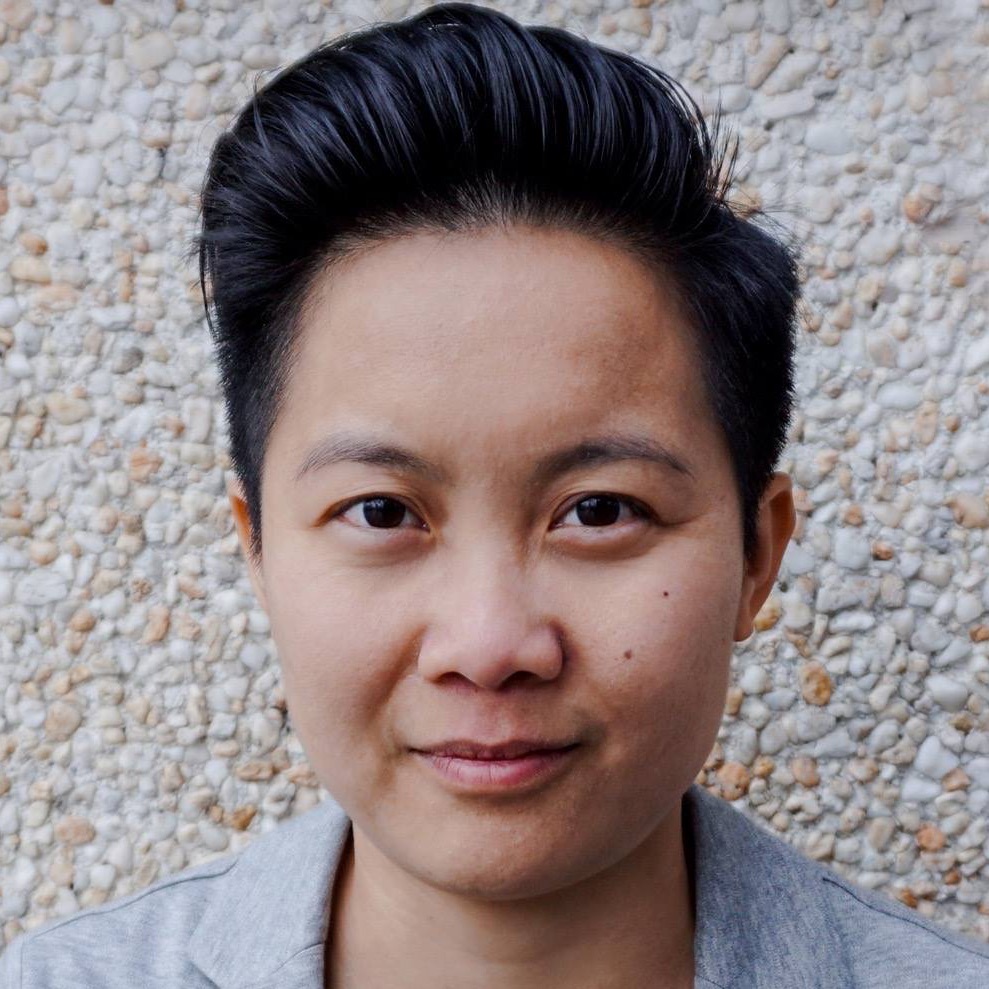- Blog
- Celebrating Halloween: Unveiling Origins, Traditions, and Cultural Significance in the Spooky Season
Celebrating Halloween: Unveiling Origins, Traditions, and Cultural Significance in the Spooky Season

Ivana (They/Them)
Oh Halloween! Observed annually on October 31st, it has a rich history that piques my curiosity. How long has this festive tradition enchanted us, and what are its deep-seated origins?
For some, Halloween is a night of spirited revelry, where friends transform into their whimsical alter egos, celebrating with enthusiasm and merriment. Yet, there's another intriguing facet to this enchanting night. Some choose to embrace a more reflective experience, using this unique juncture when, according to belief, the veil between our world and the supernatural thins. In this moment, they contemplate, meditate, or envision angelic guardians tending to Earth and cleansing souls.
With its dual nature of revelry and spirituality, Halloween remains a captivating blend of traditions and beliefs that continues to enthral our imaginations each year.
I believe that to appreciate the moment fully, we must first understand why we celebrate or choose not to. Let's take on this challenge and delve into the essence of Halloween, shall we?
Quick History Of Halloween
Isn't it amazing that the very first Halloween-like celebrations can be linked back thousands of years to the ancient Celtic festival of Samhain? To give you an idea of just how ancient this tradition is, imagine the entrance to the Mound of the Hostages on the Hill of Tara. It's designed so that the rising sun lines up perfectly during Samhain. Now, what's really incredible is that this mound is between 4,500 and 5,000 years old, which means that Samhain was being celebrated long before the Celts even arrived in Ireland about 2,500 years ago. It's a tradition that's stood the test of time!
Samhain marked the end of the harvest season and the beginning of winter and was observed on or around October 31st. During Samhain, the Celts believed the boundary between the living and the dead was at its thinnest, allowing spirits to walk the Earth. The Celts would light bonfires and wear costumes to protect themselves from these roaming spirits.
As Christianity spread in the Celtic regions, the Church sought to Christianise pagan festivals. All Saints' Day was established on November 1st to honour saints and martyrs, and the evening before, it became known as All Hallows' Eve, which later evolved into Halloween.
Here's an intriguing discovery about the Halloween period...
In my research, I've noticed a fascinating pattern that connects Samhain (Halloween) with various spiritual dates and celebrations from different cultures around the world. For instance, in the Indian states of West Bengal and Bangladesh, the day before Kali Puja is known as "Bhoot Chaturdashi." It's believed that on this dark night, the souls of the departed return to Earth to visit their loved ones. In Kejawen, a traditional mystical teaching from Java, they have a period called "Megeng Sawal" when they send prayers to their ancestors who have passed away.
Around the world, there are many festivals that mark a time when the living and the dead come together. The Iroquois Native Americans have a feast of the dead every 12 years to honour those who passed away in the previous 12 years. In Mexico, All Souls' Day (el Día de los Muertos) on November 2nd is celebrated for several days, and it's a time when the souls of the departed return, with doors decorated with flowers to welcome the souls of children known as "angelitos."
Even in the Ullambana Sutra, a Buddhist text, there's a story of Mahamaudgalyayana, a disciple of Buddha, who prayed for his mother, reborn in a lower realm. Buddha's guidance to his students resembles modern Halloween practices, which involve offering food and prayers for both living and deceased relatives.
In essence, Halloween isn't just a Western or Christian tradition. What's truly captivating is the shared theme that links different spiritual beliefs during this time, where the living and the deceased connect in significant ways across various cultures. But can this connection really be a coincidence that has lasted for thousands of years?
Conclusion
Whether you're drawn to the mystical aura of Halloween, Samhain, Bhoot Chaturdashi, or el Día de los Muertos, or you simply want to revel in dressing up and having a good time, this season provides an opportunity for us to come together and celebrate the bonds we share with our loved ones.
Now, what exciting plans do you have in store for this year's Halloween?
Organise your events with Venopi!
Venopi streamlines event planning by connecting organizers with diverse venues and services. From meetings to weddings, it simplifies the process, allowing users to find and book spaces, catering, equipment, and more, all in one platform. With customization options, Venopi helps create tailored and memorable events.
